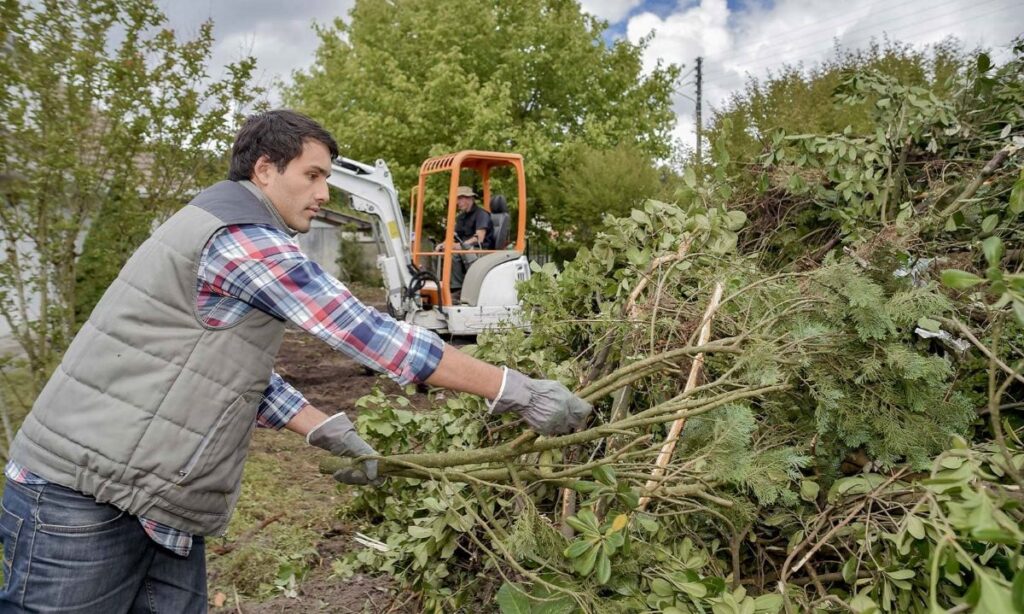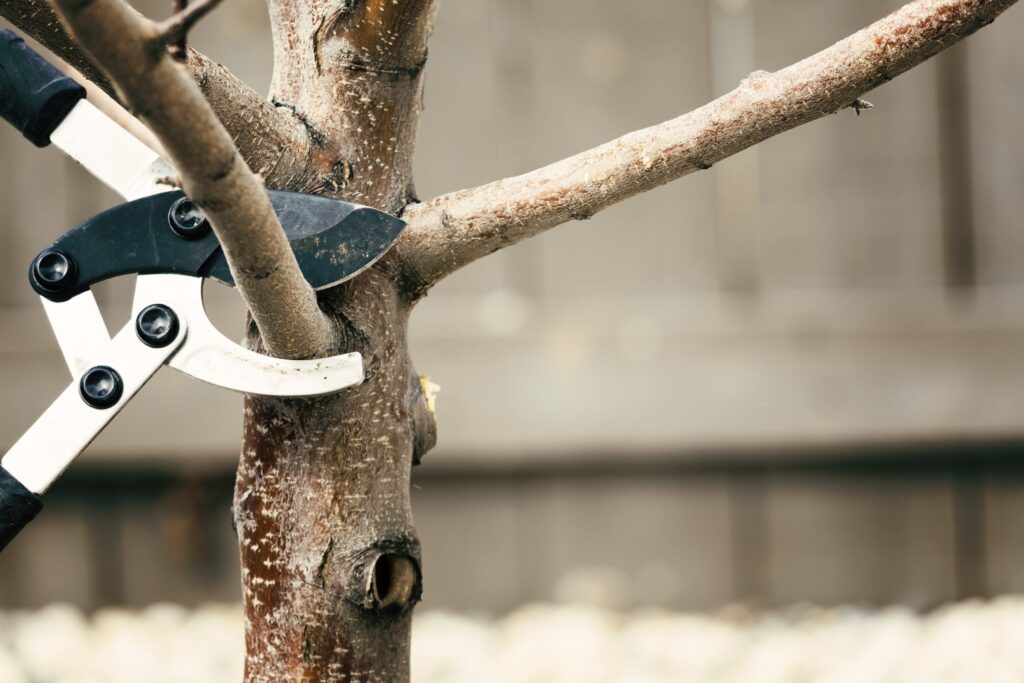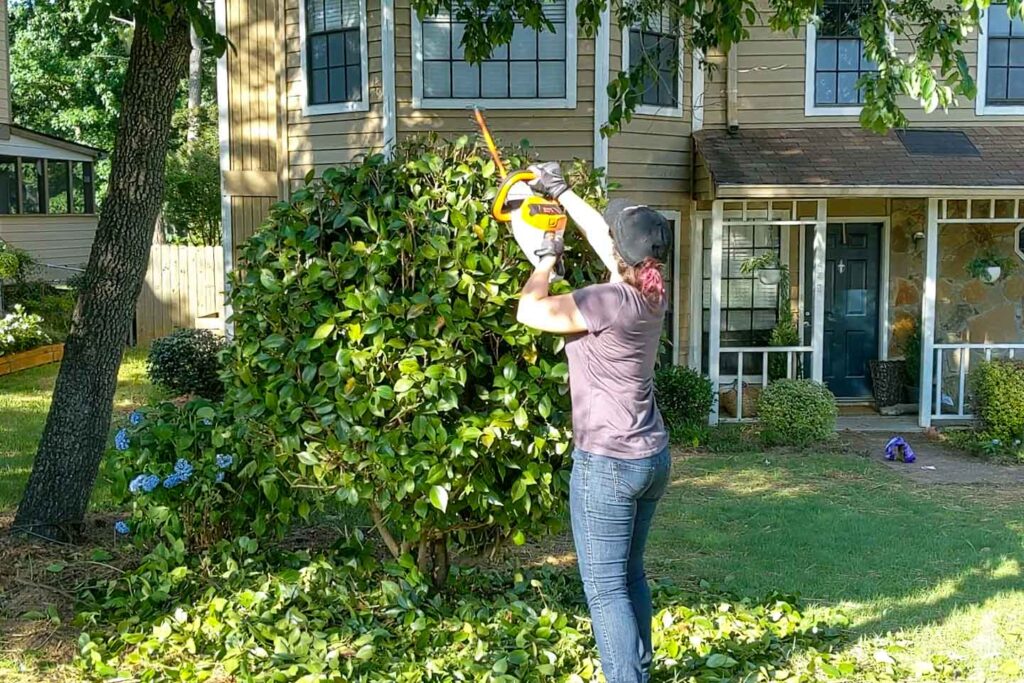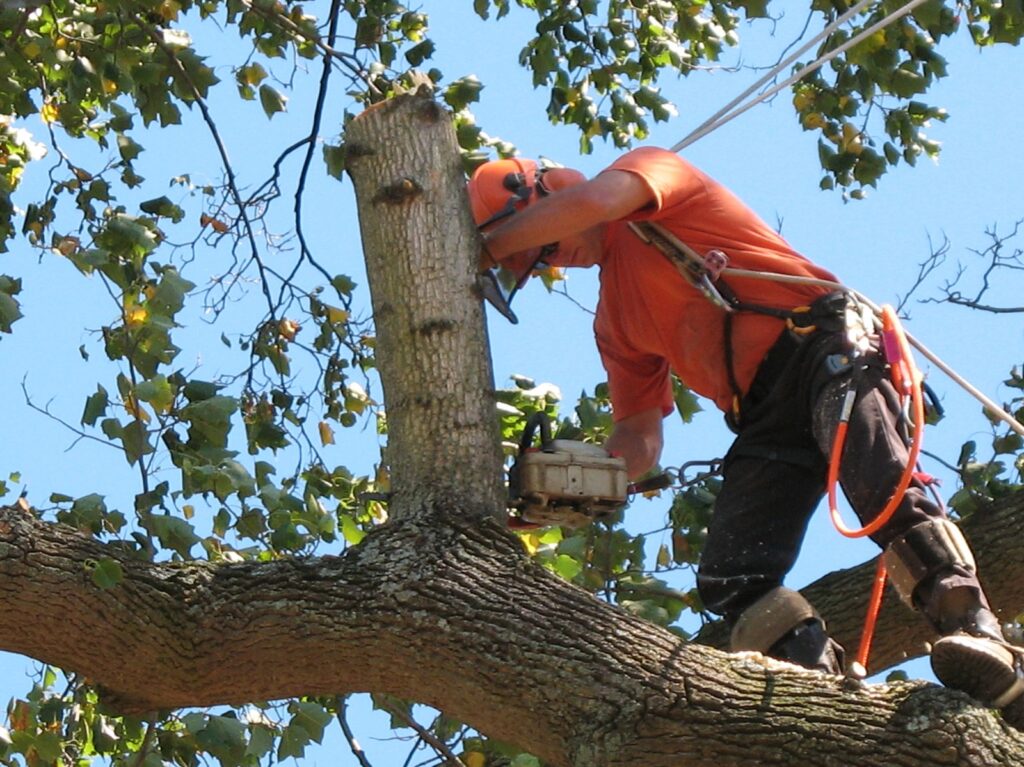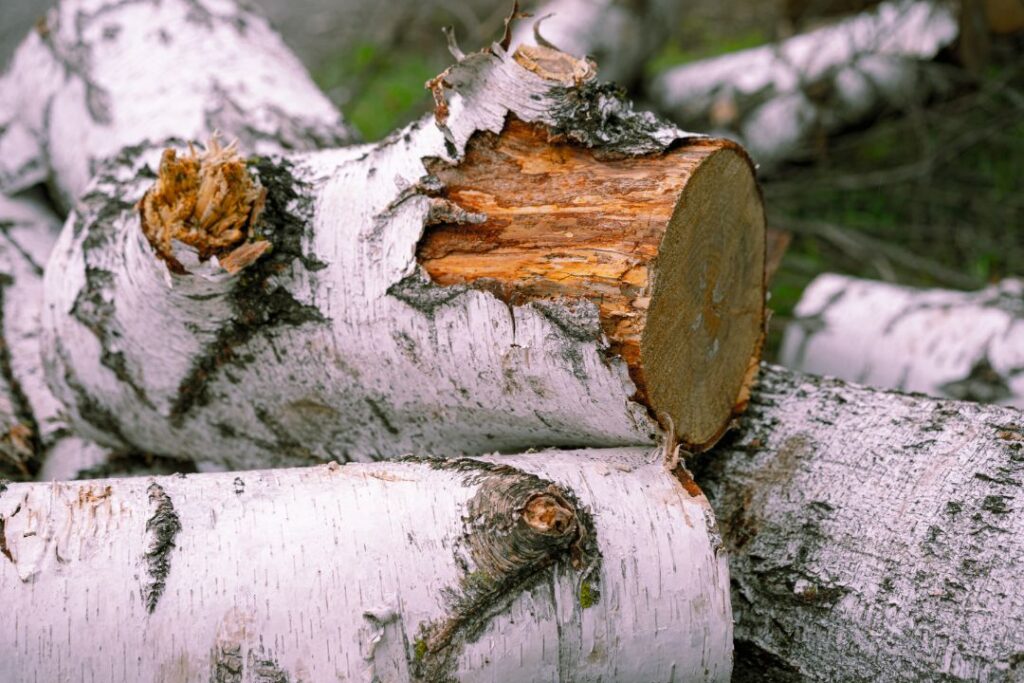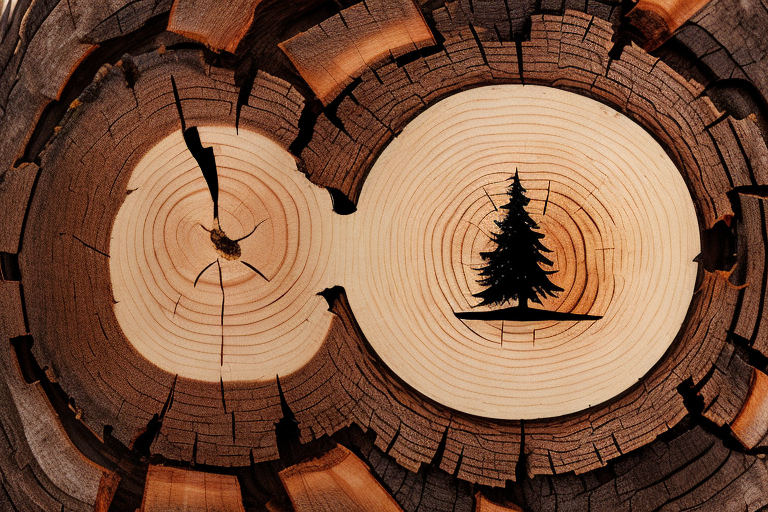The Role of an Arborist
An arborist is a professional who specialises in the care and maintenance of trees. Their expertise encompasses a range of services, including tree pruning, which is vital for the health and longevity of trees. In Sydney, where urban development often intersects with nature, the role of an arborist becomes even more crucial. They ensure that trees remain healthy while also enhancing the aesthetics of the environment.
Tree pruning is not merely about cutting branches; it involves a deep understanding of tree biology, growth patterns, and the specific needs of different species. Arborists assess trees for signs of disease, damage, and structural weaknesses, providing tailored care that promotes optimal growth.
Why Pruning is Essential
Pruning serves multiple purposes, each contributing to the overall health of a tree. One of the primary reasons for pruning is to remove dead or diseased branches. This practice helps prevent the spread of infections and pests, ensuring that the tree can thrive without unnecessary stress.
Additionally, tree pruning sydney can improve the tree’s structure. By selectively removing branches, an arborist can enhance air circulation and light penetration, which are crucial for photosynthesis. This not only benefits the tree but also the surrounding plants and wildlife.
Enhancing Aesthetics and Safety
In urban environments like Sydney, the aesthetic appeal of trees is significant. Proper pruning can shape a tree, allowing it to fit harmoniously within its surroundings. Well-maintained trees can increase property values and contribute to the overall beauty of neighbourhoods.
Moreover, safety is a paramount concern. Overgrown branches can pose risks to structures, vehicles, and pedestrians. Arborists ensure that trees are pruned to prevent hazards, such as falling branches during storms or high winds.
Furthermore, the role of an arborist extends beyond mere maintenance; it also involves educating the community about the importance of trees in urban ecosystems. Arborists often participate in workshops and outreach programmes, helping residents understand how to care for their trees and the environmental benefits they provide, such as improved air quality and habitat for wildlife. This knowledge fosters a greater appreciation for trees and encourages sustainable practices within the community.
In addition to their practical skills, arborists often collaborate with local councils and environmental organisations to develop tree management plans that align with urban development goals. This collaboration ensures that as cities grow, they do so in a way that respects and integrates the natural environment, preserving the beauty and ecological function of trees for future generations. Such initiatives not only enhance the livability of urban spaces but also contribute to the overall health of our planet.
Understanding Tree Pruning Techniques
Tree pruning is not a one-size-fits-all process. Different techniques are employed depending on the tree species, age, and specific goals of the pruning. Arborists are trained to select the appropriate method to achieve the desired outcome.
Thinning
Thinning involves the selective removal of branches to reduce the density of the tree’s canopy. This technique enhances light penetration and air circulation, promoting healthier growth. Thinning is particularly beneficial for trees that have become too dense, as it helps prevent issues related to overcrowding.
This method is often used for mature trees, allowing them to maintain their natural shape while improving their overall health. Arborists carefully evaluate which branches to remove, ensuring that the tree remains balanced and aesthetically pleasing. Additionally, thinning can also help to reduce the risk of branch failure during storms, as it lessens the weight and wind resistance of the canopy. This proactive approach not only safeguards the tree but also protects nearby structures and pedestrians from potential hazards.
Reduction
Reduction pruning is aimed at decreasing the overall size of a tree. This technique is particularly useful for trees that have outgrown their space or pose a risk to nearby structures. By shortening branches, arborists can control the tree’s height and spread without compromising its health.
It is essential that reduction pruning is performed correctly to avoid damaging the tree. Arborists use specific cuts to ensure that the tree can heal properly and continue to thrive after the pruning process. Moreover, reduction pruning can also enhance the tree’s structural integrity, allowing it to better withstand environmental stresses. This careful management is vital, especially in urban settings where space is limited and trees must coexist with buildings and infrastructure.
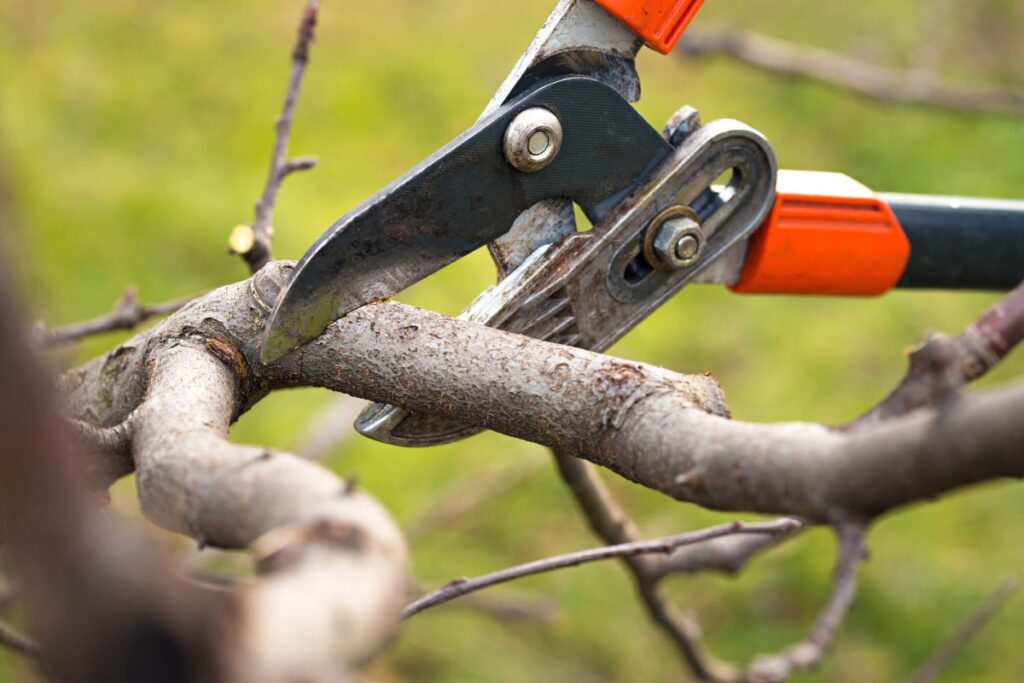
Deadwooding
Deadwooding is the process of removing dead or dying branches from a tree. This practice is crucial for maintaining tree health and preventing the spread of disease. Dead branches can attract pests and pathogens, which can harm the tree and its surroundings.
By regularly deadwooding, arborists help ensure that trees remain healthy and vibrant. This technique also improves the tree’s appearance, making it more visually appealing. Furthermore, deadwooding can enhance safety in public spaces, as it reduces the risk of falling branches that could injure passersby. In addition, the removal of deadwood allows the tree to redirect its energy towards new growth, fostering a more robust and resilient structure. Regular maintenance through deadwooding is an essential aspect of responsible tree care, contributing to the longevity and vitality of the urban canopy. You may like to visit https://roxyrosewedding.com/how-to-choose-affordable-stump-removal-in-sydney/
Seasonal Considerations for Pruning
The timing of tree pruning can significantly impact its effectiveness. Different seasons offer unique advantages and challenges for pruning, and understanding these can lead to better outcomes.
Winter Pruning
Winter is often considered the best time for pruning many tree species. During this dormant period, trees are less stressed, and the absence of leaves allows for better visibility of the tree’s structure. Arborists can easily identify dead or diseased branches and make precise cuts.
Additionally, winter pruning can promote vigorous growth in the spring, as trees respond to the cuts with new growth. However, caution must be exercised with certain species, as some may be more susceptible to damage during colder months.
Summer Pruning
Summer pruning is typically used to control growth and shape trees. This technique can help manage the size of a tree and encourage denser foliage. However, it is essential to avoid excessive pruning during this time, as it can stress the tree and affect its ability to photosynthesise.
Summer pruning is often recommended for specific species that respond well to this timing. Arborists consider the unique characteristics of each tree before deciding on the best approach.
Choosing the Right Arborist in Sydney
Selecting a qualified arborist is crucial for effective tree pruning. Not all tree care professionals possess the same level of expertise, so it is essential to do thorough research before making a decision.
Qualifications and Experience
When searching for an arborist, it is vital to check their qualifications. Look for certifications from recognised organisations, such as the International Society of Arboriculture (ISA). These certifications indicate that the arborist has undergone rigorous training and possesses the necessary knowledge to care for trees properly.
Experience also plays a significant role in the quality of service. An arborist with years of hands-on experience is likely to have encountered various tree species and conditions, allowing them to make informed decisions during the pruning process.
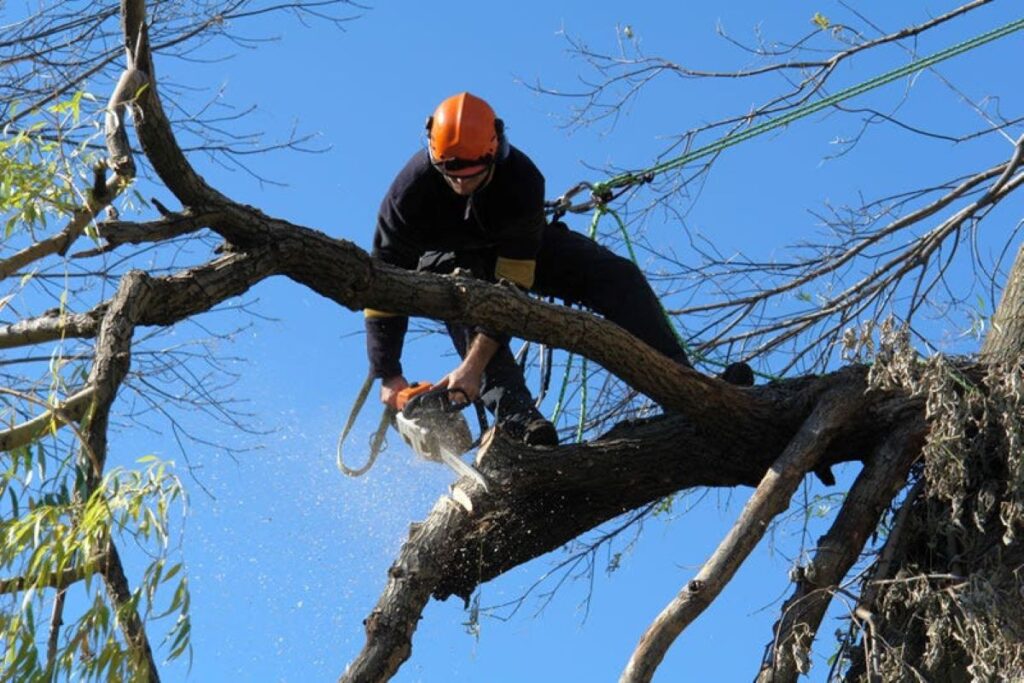
Reputation and Reviews
Before hiring an arborist, it is advisable to read reviews and testimonials from previous clients. A reputable arborist will have a history of satisfied customers who can vouch for their expertise and professionalism. Online platforms and local community boards can be excellent resources for gathering feedback.
Additionally, consider asking for references from the arborist. Speaking directly to past clients can provide valuable insights into their work ethic and the quality of their services.
Conclusion
Tree pruning is an essential aspect of tree care that significantly impacts the health, safety, and aesthetics of urban environments like Sydney. Arborists play a vital role in ensuring that trees are pruned correctly, using techniques tailored to the specific needs of each species.
Understanding the importance of tree pruning, the various techniques involved, and the seasonal considerations can help property owners make informed decisions. Choosing a qualified arborist is crucial for achieving the best results, ensuring that trees remain healthy and vibrant for years to come.
In a city where nature and urban life coexist, the expertise of an arborist is invaluable. By prioritising proper tree care through pruning, Sydney residents can contribute to a greener, safer, and more beautiful environment.

